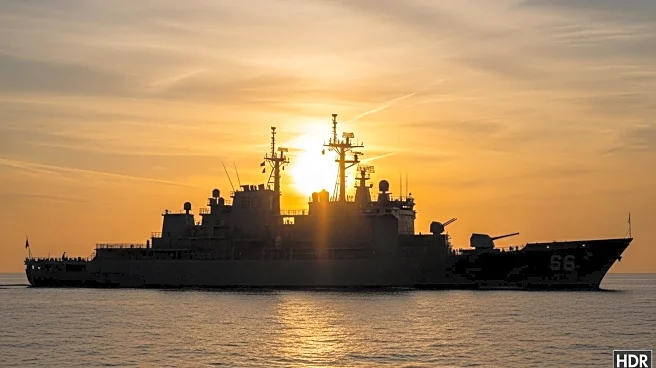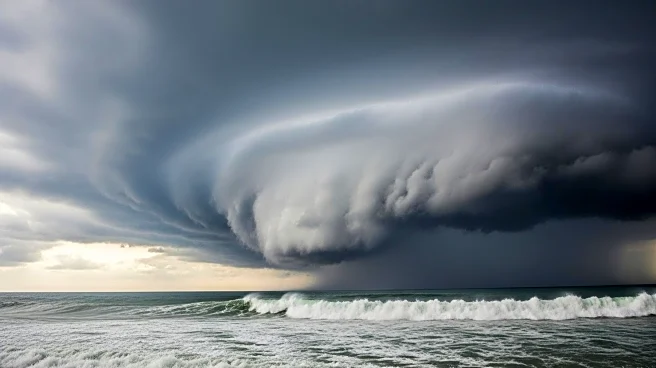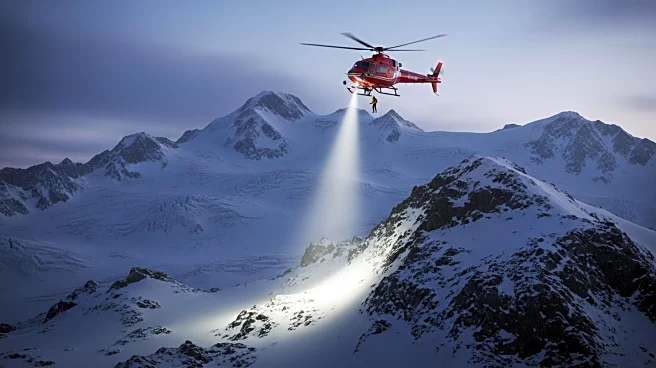What's Happening?
A new report by the Court of Investigation in Mauritius has been released regarding the 2020 grounding of the bulker Wakashio, which resulted in significant environmental damage. The report highlights failures both on the ship and onshore, including a lack of safety culture and poor coordination among local authorities. The crew's negligence, such as the captain's consumption of alcohol and the search for an internet signal, contributed to the accident. The report also criticizes the Mauritian authorities for their slow and poorly coordinated response, which failed to prevent the ship from grounding and causing extensive damage to coral reefs and marine habitats.
Why It's Important?
The Wakashio incident has had a profound impact on Mauritius, both environmentally and economically, with damages estimated at $2.5 billion. The report's findings emphasize the need for systemic reforms in maritime safety and emergency response protocols. The incident has sparked calls for greater accountability and improved coordination among institutions to prevent similar disasters in the future. The report serves as a critical reminder of the importance of adhering to safety standards and the potential consequences of institutional failures.
What's Next?
The report recommends far-reaching reforms, including improved training, equipment, and coordination between institutions. There are ongoing calls for a police investigation into the National Coast Guard's role in the incident. The findings are expected to lead to changes in maritime safety regulations and emergency response strategies in Mauritius, aiming to prevent a recurrence of such an event.
Beyond the Headlines
The Wakashio incident highlights broader issues of maritime safety and the challenges of managing large-scale environmental disasters. It underscores the importance of international cooperation and adherence to safety protocols to protect marine environments. The report's findings may influence global maritime policies and encourage other nations to review and strengthen their own safety and response measures.










